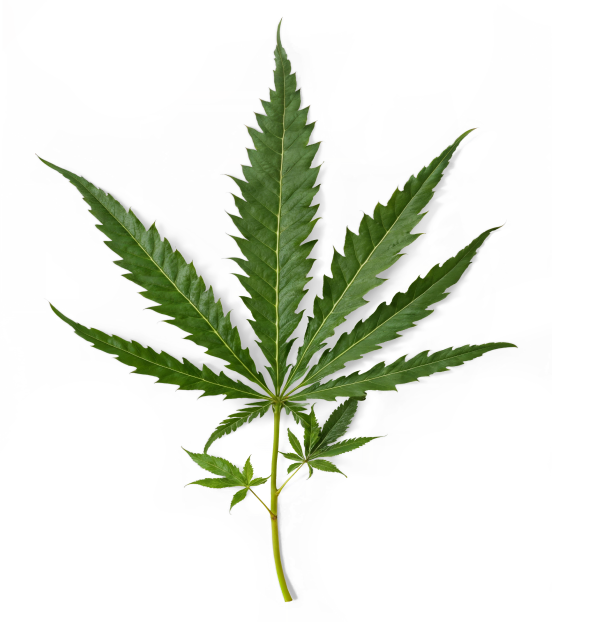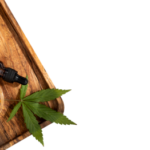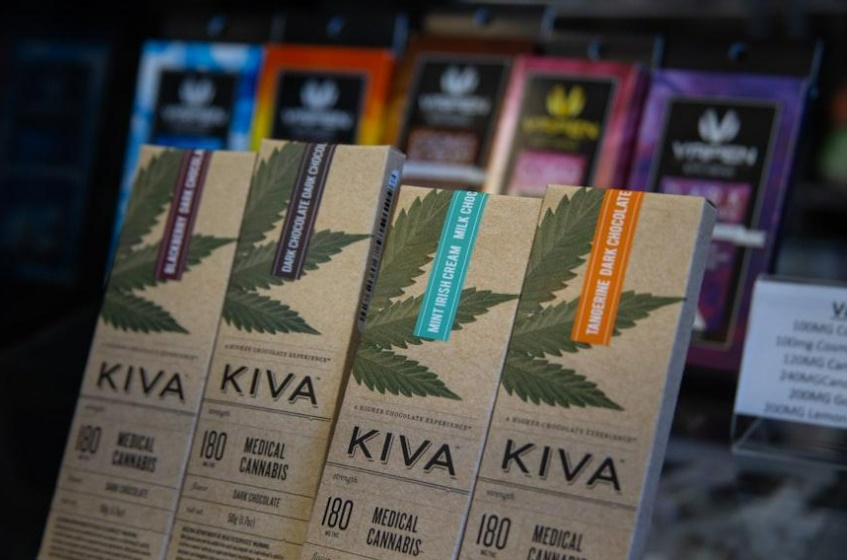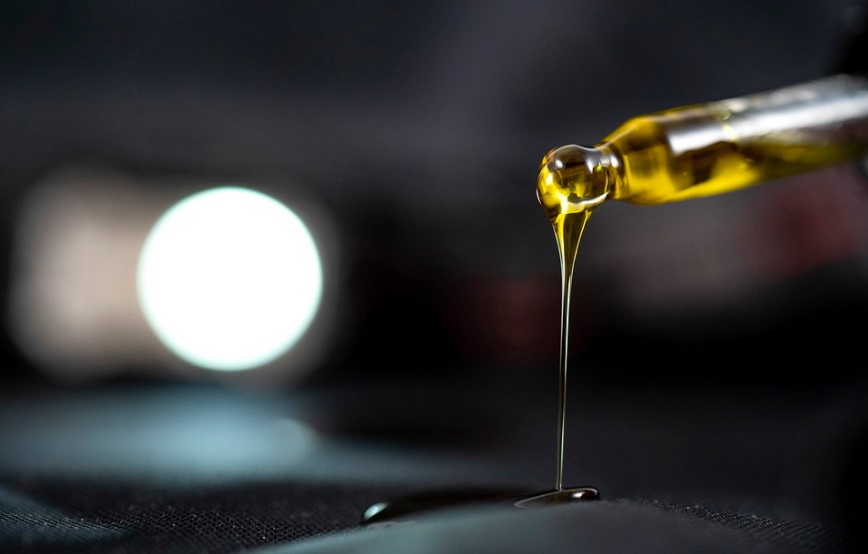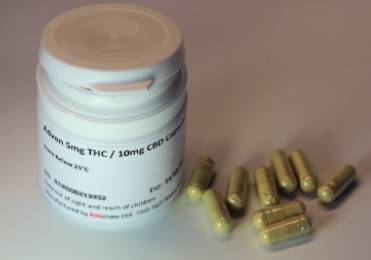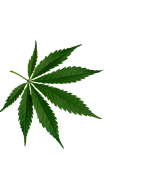
What is Medical Cannabis?
Medical cannabis refers to the use of cannabis and its components, such as cannabinoids, for therapeutic purposes to treat specific medical conditions or symptoms. It typically involves strains or formulations of cannabis prescribed or recommended by healthcare professionals, tailored to provide relief from pain, nausea, muscle spasms, seizures, or other medical issues. Unlike recreational cannabis, medical cannabis is specifically cultivated and processed to ensure consistency, safety, and efficacy for medical use.
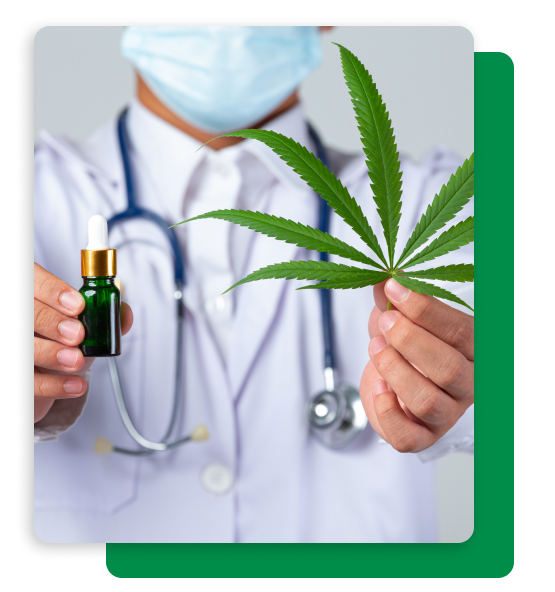
Using Cannabis for Medical Treatment

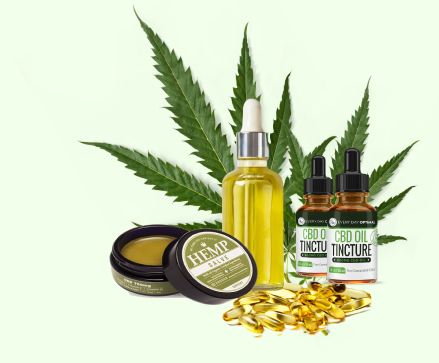
Pain Management
Numerous studies have shown that medical cannabis, particularly CBD and THC, can effectively reduce chronic pain, including pain from conditions like arthritis, multiple sclerosis, and neuropathy.
Cancer Treatment
Research has indicated that cannabis can help manage chemotherapy-induced nausea and vomiting, as well as improve appetite and overall well-being in cancer patients.
Seizure Disorders
Studies on CBD have demonstrated significant reductions in seizure frequency and severity, especially for treatment-resistant epilepsy, like in the case of Dravet syndrome.
Mental Health
There is growing evidence suggesting that cannabis may help alleviate symptoms of anxiety, PTSD, and depression, though further studies are needed to establish optimal dosages and long-term effects.
Neurological Disorders
Medical cannabis has been studied for its potential to alleviate symptoms of neurodegenerative diseases such as Parkinson’s disease, Alzheimer’s disease, and multiple sclerosis, with positive results in reducing tremors and improving mobility.
Sleep Disorders
Research has shown that cannabis, especially CBD, may help people with insomnia or other sleep disturbances by promoting relaxation and reducing anxiety.
Inflammatory Diseases
Cannabis has shown promise in reducing inflammation and managing conditions such as Crohn’s disease, ulcerative colitis, and rheumatoid arthritis.

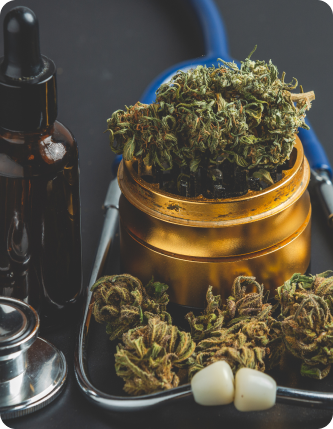
How Cannabis
is Used
Medical cannabis refers to the use of cannabis and its components, such as cannabinoids, for therapeutic purposes to treat specific medical conditions or symptoms.

Inhalation
Inhaling Cannabis allows for rapid absorption into the bloodstream, providing quick relief for acute symptoms.

Tinctures and Oils
These are liquid forms of cannabis that are typically taken under the tongue or added to food and drinks.

Edibles
Cannabis-infused foods offer a longer-lasting effect, though the onset of relief may take longer to occur.

Topicals
Cannabis-infused foods offer a longer-lasting effect, though the onset of relief may take longer to occur.
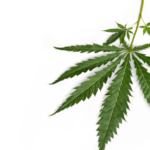
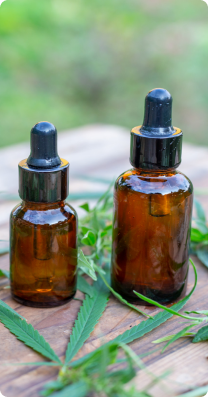
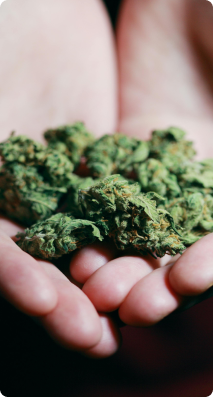
What Makes it
Medical?
What makes cannabis “medical” is its use under regulated, controlled conditions to treat specific health conditions or symptoms. Unlike recreational cannabis, medical cannabis is prescribed by healthcare professionals and tailored to an individual’s medical needs. It is cultivated and processed for consistency in cannabinoid content, ensuring safe, effective doses. Medical cannabis is also subject to strict regulations to ensure purity, safety, and potency. Additionally, medical cannabis is typically used for therapeutic purposes, such as pain management, reducing inflammation, or treating specific symptoms of chronic illnesses.
The Difference
Medical Cannabis
Recreational Cannabis
